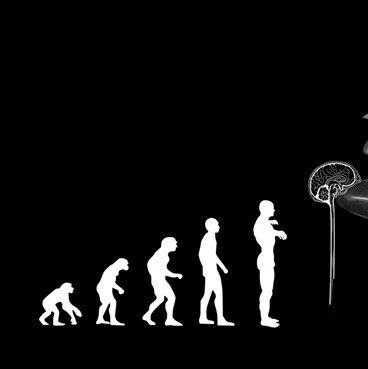科学家开发出了一种计算口服药片在胃肠道内遇到的力的实时技术。Edith Mathiowitz及其同事让饱食和饥饿的狗和人类志愿者服用一种磁性药片,然后使用一组放置在腹部上面的磁场传感器测量药片穿过胃肠道时候的位置和方向。这些数据可以让这些科学家计算出在胃的各种消化阶段胃对药片施加的力的大小和方向。这组作者报告说,在满胃中,狗和人类志愿者的胃对药片施加了类似的力,而饥饿的狗的胃施加的力平均大约是饥饿的人类的力的5倍。这些发现提示,狗可能是研究进食后药片在人类胃内滞留的合适动物模型。这组作者说,由于某些药片在胃内滞留时间更长被证明可以改善它们的疗效,了解胃对药片施加的力可能有助于设计比目前更有效的药片用于治疗应用。
论文 #10-02292: “Understanding gastric forces calculated from high resolution pill tracking,” 作者 Bryan Laulicht, Anubhav Tripathi, Vincent Schlageter, Pavel Kucera和 Edith Mathiowitz
媒体联系人:Edith Mathiowitz,布朗大学分子药理学和生物技术系
Department of Molecular Pharmacology and Biotechnology, Brown University, Providence, RI
电话:401-863-1358
电子邮件:edith_mathiowitz@brown.edu
Published online before print April 19, 2010, doi: 10.1073/pnas.1002292107
Abstract
Although other methods exist for monitoring gastrointestinal motility and contractility, this study exclusively provides direct and quantitative measurements of the forces experienced by an orally ingested pill. We report motive forces and torques calculated from real-time, in vivo measurements of the movement of a magnetic pill in the stomachs of fasted and fed humans. Three-dimensional net force and two-dimensional net torque vectors as a function of time data during gastric residence are evaluated using instantaneous translational and rotational position data. Additionally, the net force calculations described can be applied to high-resolution pill tracking acquired by any modality. The fraction of time pills experience ranges of forces and torques are analyzed and correlate with the physiological phases of gastric digestion. We also report the maximum forces and torques experienced in vivo by pills as a quantitative measure of the amount of force pills experience during the muscular contractions leading to gastric emptying. Results calculated from human data are compared with small and large animal models with a translational research focus. The reported magnitude and direction of gastric forces experienced by pills in healthy stomachs serves as a baseline for comparison with pathophysiological states. Of clinical significance, the directionality associated with force vector data may be useful in determining the muscle groups associated with gastrointestinal dysmotility. Additionally, the quantitative comparison between human and animal models improves insight into comparative gastric contractility that will aid rational pill design and provide a quantitative framework for interpreting gastroretentive oral formulation test results.







